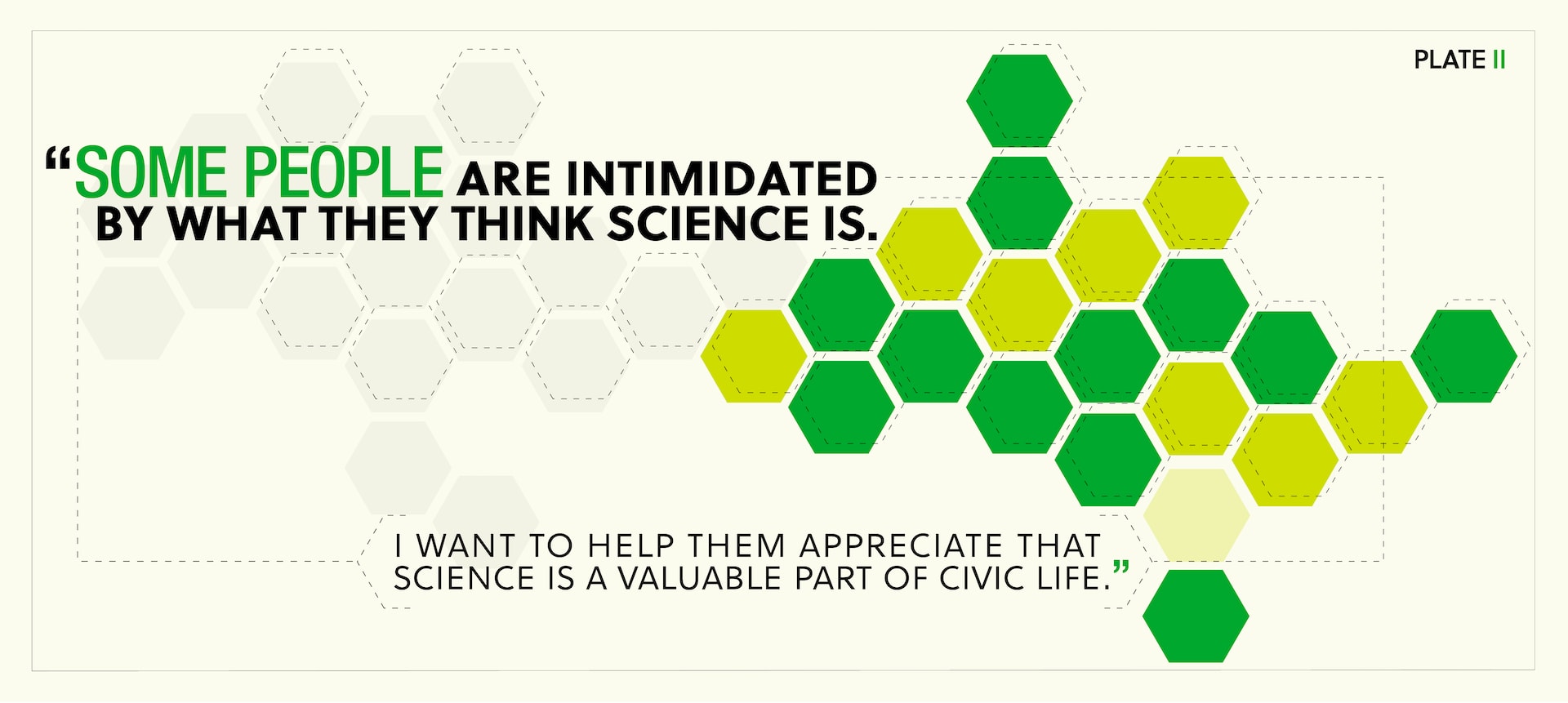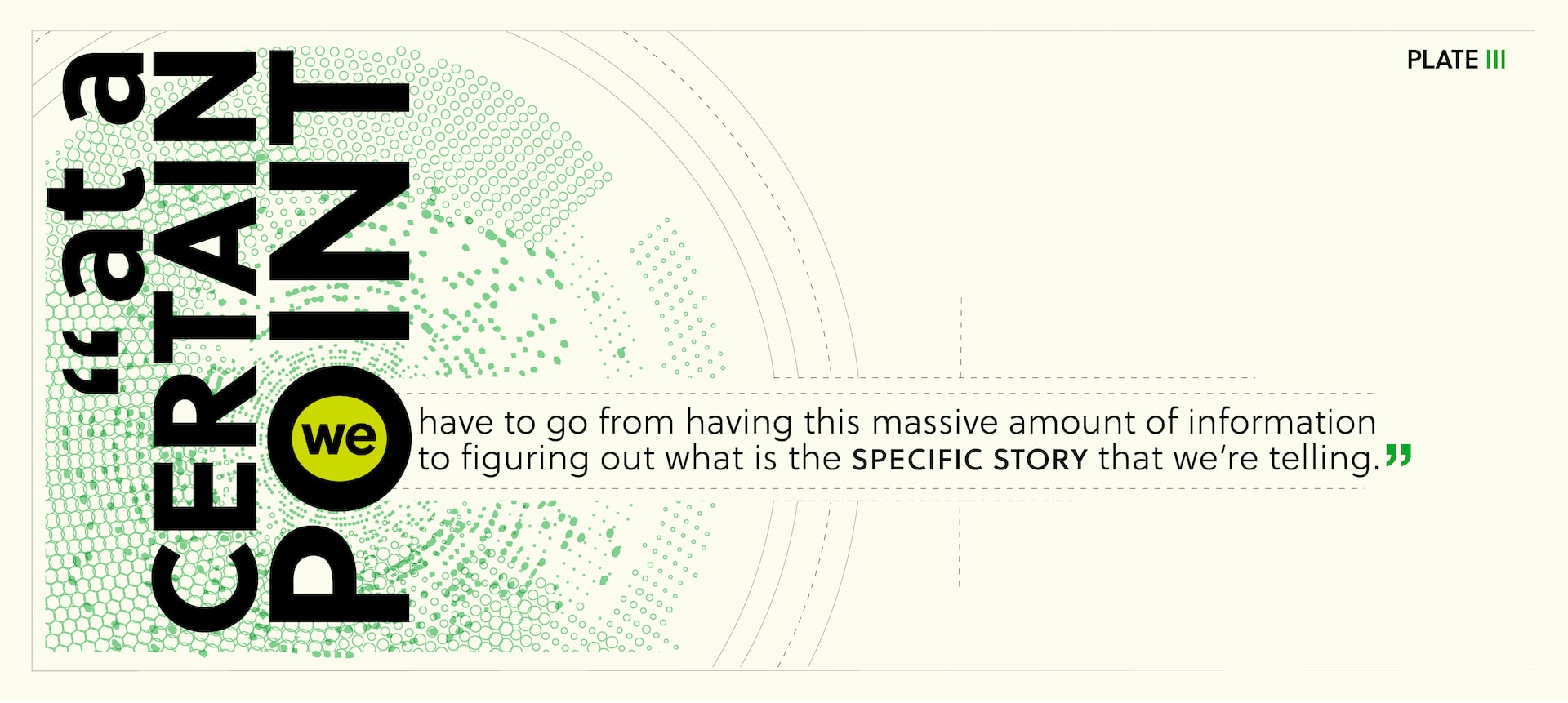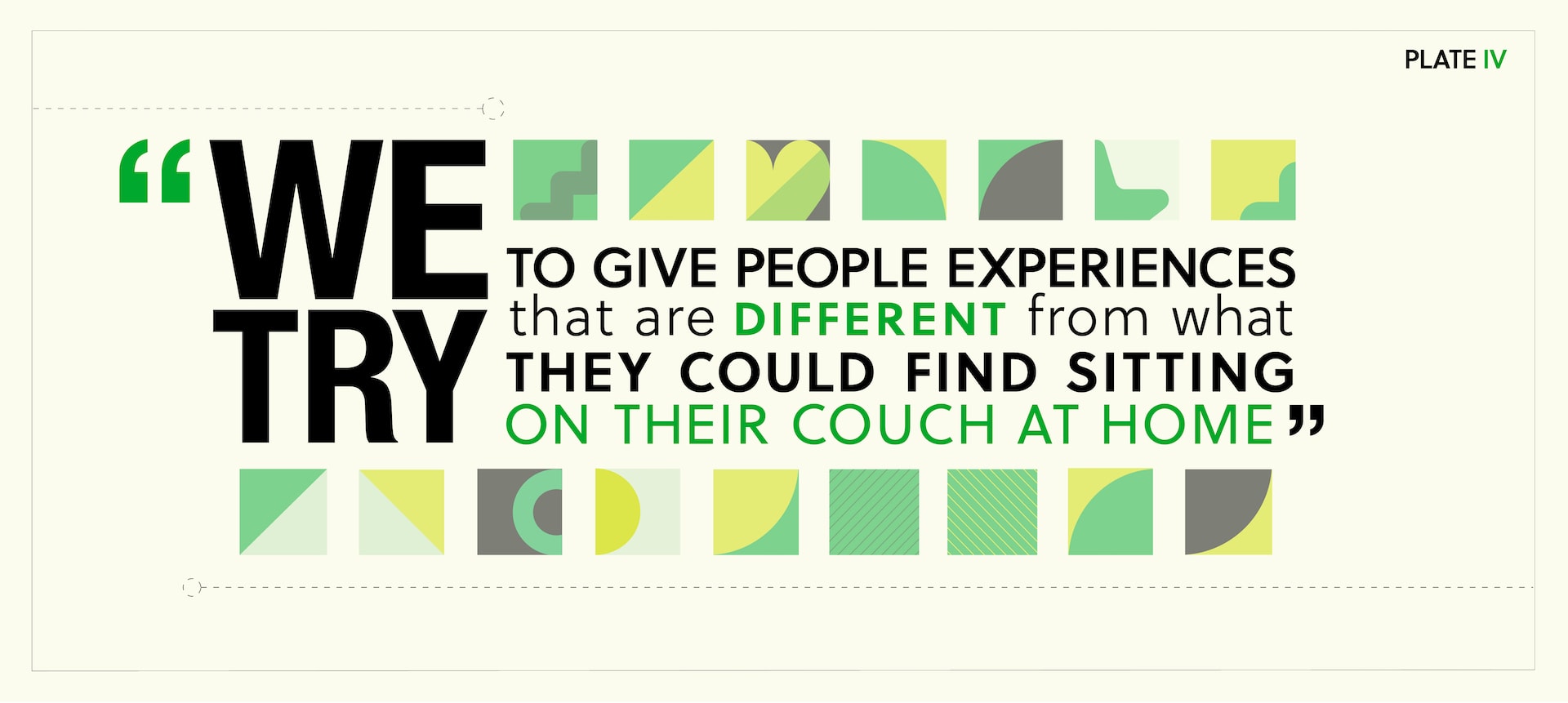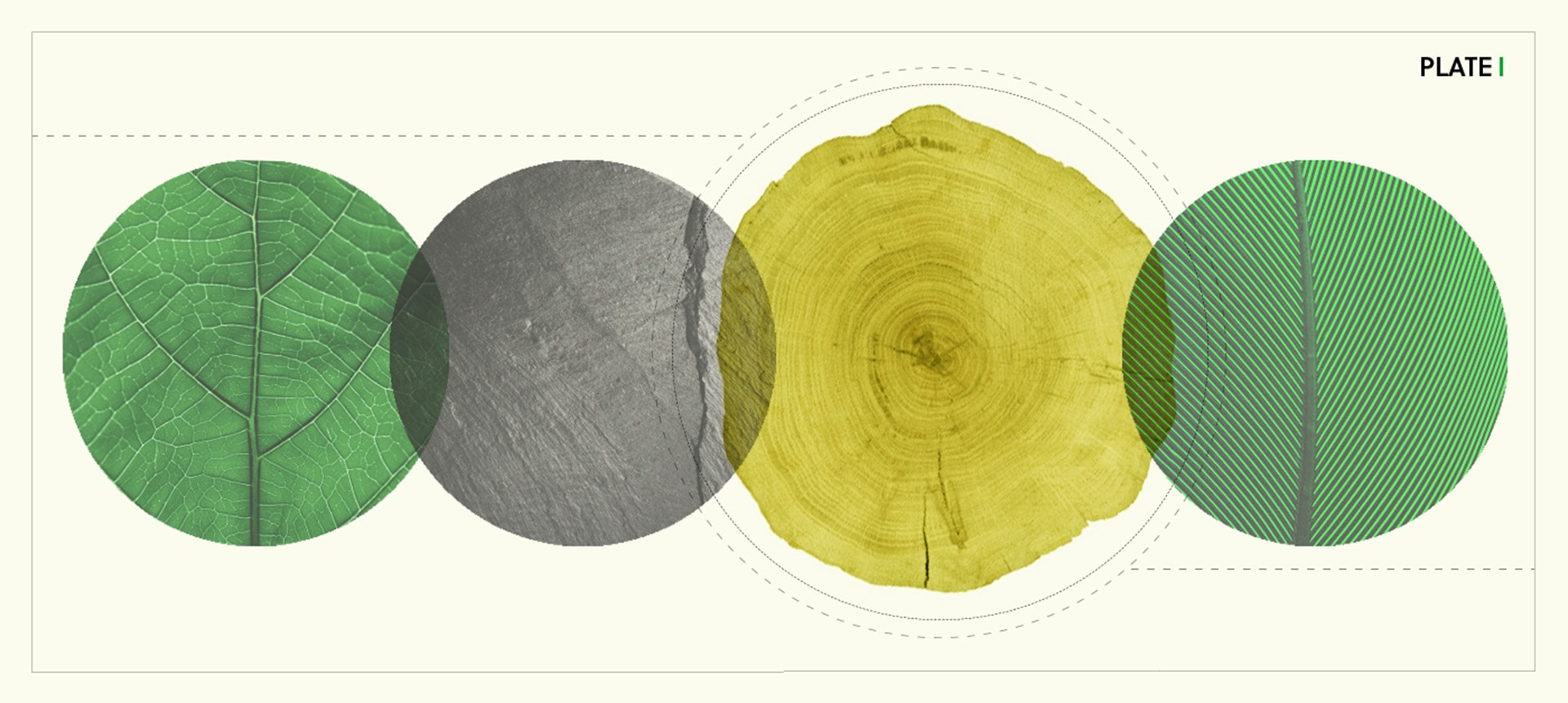
Art by DJ Murphy
How the California Academy of Sciences Makes Discovery a Delight
Innovative exhibits and citizen science bring people closer to nature
By Forrest Dylan Bryant
February 2019
This post originally appeared on Medium
Before you read this article, take a moment away from your computer. Put down your phone and step outside. Look closely at whatever you find.
The shape of a leaf.
The texture of a rock.
The swooping flight of a bird.
What is that leaf? How old is that rock? Why does that bird behave the way it does?
When we open our minds to nature and ask questions about how it works, we appreciate it more deeply. We also become more aware of how human activity is changing the world in fundamental ways. Humans are altering the landscape, changing ecological balances, and even affecting the global climate.
That’s why science education is more critical today than at any point in human history. Knowledge is vital if we are to take care of our world in the face of new challenges.
The California Academy of Sciences champions research, education, and sustainability across the globe. Their innovative museum exhibits bring scientific knowledge to the public, and their “citizen science” program inspires the public to help increase that knowledge. It’s a symbiotic relationship that benefits us all.
Tamara Schwarz, the Academy’s Director of Exhibit Development and Strategic Planning, is a passionate advocate for science. “The mission of the Academy is to explore, explain, and sustain life on Earth,” she explains. “That’s a meaningful mission. Some people are intimidated by what they think science is. I want to help them appreciate that science is a valuable part of our civic life. It’s not that everybody has to be a scientist, but we want everyone to leave with a sense of excitement, curiosity, and wonder about the natural world.”
One exhibit’s two-year journey
Over a million people visit the Academy each year, drawn to its aquarium, planetarium, and living indoor rainforest. But the Academy is also home to more than 100 research scientists, thousands of live animals, and nearly 46 million research specimens.
Everything comes together in Giants of Land and Sea, an exhibit two years in the making that reveals the unique natural wonder of Northern California’s coast. “The idea was to help our visitors look at the places they already cared about with a fresh perspective, in ways they haven’t thought of before,” Tamara explains.
A cross-functional team of designers, content specialists, educators, technologists, media producers, and others worked on the exhibit. “We also work closely with our in-house scientists,” Tamara adds, “from helping us define topics and themes through making sure that we’re aware of the latest research.”
The Academy’s collection is vast, meaning they had many possible directions to follow. “Our research collections have drawers and drawers, shelves and rooms full of specimens. Each one has a unique story to tell, and those stories help us understand how things are changing.”
Tamara’s team had to manage a mountain of information as well. “We do a tremendous amount of reading, gathering papers published in scientific journals, interviewing scientists,” she says. “We use Evernote to collect all of those things, keep track of sources, and share highlights with other members of the team. We have a standard set of five or six notebooks for each exhibit project, and we’re working on half a dozen projects at a time. Knowing that everything is in a central location is really helpful.”
Finalizing an exhibit takes many iterations. “At a certain point, we have to go from having this massive amount of information to figuring out what is the specific story that we’re telling in this exhibit,” Tamara says. “For every photo that ends up on a panel in our galleries, we may have looked at 25 other options. We use Evernote to collect those options, look at how they work, and go back and forth with the graphic designers on possible layouts.”
Engaging the senses
In Giants of Land and Sea, the theme itself was a challenge. “It’s impossible to walk through a redwood forest and not be awed by the trees and their size. But that incredible size is hard to communicate in a museum gallery,” Tamara says. One way to solve the problem was by displaying a cross-section of a redwood tree. But acquiring a specimen was difficult. In 2017, an 800-year old tree fell during a winter storm in Prairie Creek Redwoods State Park, some 300 miles from San Francisco. The tree blocked a trail, and park personnel had to cut a section out of the tree to clear it. “The cross-section is about nine feet in diameter; it just towers over you,” Tamara says. “And the amazing thing is that piece came from about 150 feet up the trunk of that tree. The bottom of the tree was twice the size. There’s no way we could have even gotten that into the museum.”
The Academy’s main exhibit hall is open and full of natural light, a contrast to the humid warmth of the rainforest in its 4-story glass sphere or the submarine gloom of the aquarium. Children’s voices echo and vanish in the background hum, as in a train station. A huge blue whale skeleton stretches overhead — it’s always been there, but many visitors never noticed until Giants of Land and Sea opened underneath it. Walking through the space, a visitor notices not only the size but also how immersive the exhibit is. At every turn, screens, flip boards, and other interactive elements beckon a visitor’s touch. At one station, pressing a button lights up the same bone in two different marine mammal skeletons, along with a human arm model for comparison. See, it seems to say, we’re all related.
“We try to incorporate as much interactivity as we can and engage all the senses,” Tamara says. From a chilly room full of fog to a virtual ascent through an old-growth redwood grove, every part of the exhibit invites people to connect with the things they see. But that interactivity also takes into account the changing expectations of the audience.
“In the in the past few years, everybody has become accustomed to having devices in their pockets that give them access to all the information they could ever want,” Tamara notes. “We have the opportunity to help them navigate that information. We try to be thoughtful about not just having one touch screen after another because that’s not a novel experience. We use technology to give people experiences that are different from what they could find sitting on their couch at home.”
It’s all about getting visitors excited in ways that persist after they leave the museum. “Healthy oceans, healthy forests, beautiful places, those are things that people appreciate. But these are also things that are essential to our future,” Tamara says. “So we hope visitors give some thought to the choices they make in their lives. What can you do in your community, in your workplace, or in your family to be part of a sustainable future?”
Getting involved with “citizen science”
Getting people directly engaged and involved is vital, and that’s where the Academy’s citizen science program comes in. Rebecca Johnson co-leads a small team with a big mission. They bring people from all walks of life together to make observations and discover what’s happening on a local level.
Rebecca says the citizen science movement is open to anyone who cares about the natural world, wants to know more, and wants to make a difference. “We can all be curious,” she says. “Everybody can share in that awe and wonder of discovery.”
Through “bio-blitz” meetups and the global City Nature Challenge event, participants get outside and document what they see using iNaturalist, a free app. A typical event can generate thousands of observations covering hundreds of species. The data, indexed and organized automatically, can be used by researchers to create a snapshot of a local ecosystem. It also reveals how a location has changed over time.
“It’s locally relevant and it’s globally relevant,” Rebecca says. “Especially at this time, where things are changing really quickly, to know where things are found is important. This knowledge helps us understand big patterns of biodiversity and how they’re changing. But we can’t get the kind of data at the scale we need without people everywhere making and sharing observations.”
It also helps people connect with the world in a new way. “Take time to walk somewhere outside if you can,” Rebecca says. “Pay attention and see what you might see. You’ll start to notice patterns, notice trends, just because you’re paying attention a little more.”
Making connections, building a community
Exhibits and bio-blitzes are two ways the California Academy of Sciences fulfills its mission. But that ethos extends to every aspect of its existence. Even the Academy building itself, opened in 2008, is designed to be at harmony with the surrounding landscape. Its living roof supports native plants, pollinators, and local bird populations.
“When people come here, we hope they’re going to make connections,” Tamara says. “As they’re walking through our rainforest, for example, they might think, ‘oh, I never realized that my coffee comes from plants in the rainforest.’”
Looking ahead, Tamara sees further opportunities to help people make those connections. She points to the multilingual design of Giants of Land and Sea as a model for the future. “Giants is presented in four languages: English, Spanish, Chinese, and Filipino. It’s a way for us to celebrate not only biodiversity but also to welcome the cultural diversity of California and engage a broader audience.”
Rebecca agrees: “I hope that one of the things that we’re doing is building a community of advocates for science. I like the idea that I can like help build a more science-literate society. I like people seeing that their observations are worthwhile, and that science is meaningful and important to protect.”
Rebecca stresses that we can connect with nature no matter where we live. When we do that, we learn more about ourselves, our place in the world, and our responsibility as a species. But it all begins with discovery. And for the California Academy of Sciences, inspiring people to focus on the planet’s natural wonders is what matters most.
—::—
Explore Fo's Folio

Writing SamplesVarious Projects
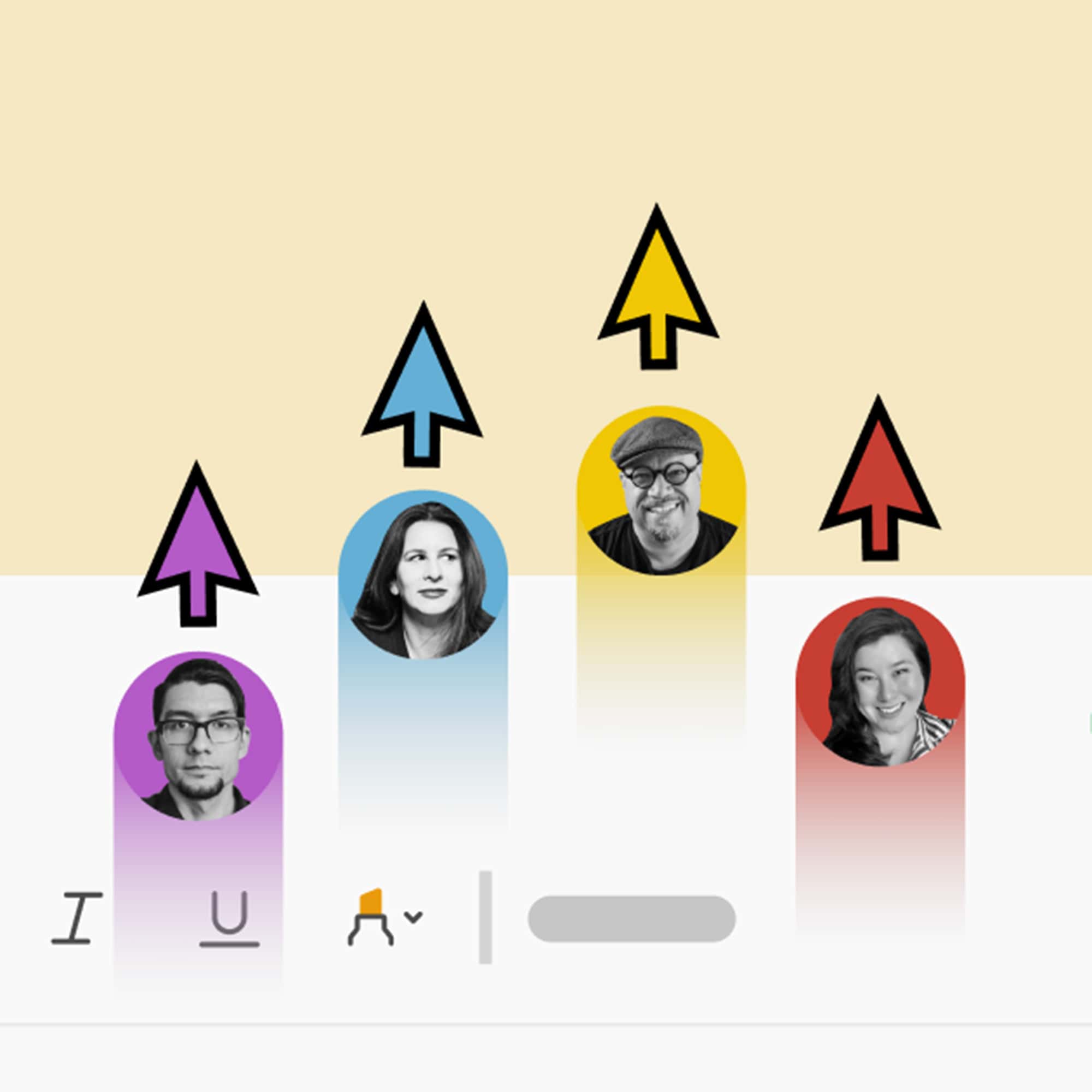
Creative DirectionRecent work

Repackaging EvernoteCreative Direction / Copywriting
Focus CultureEditorial / Strategy / Talent
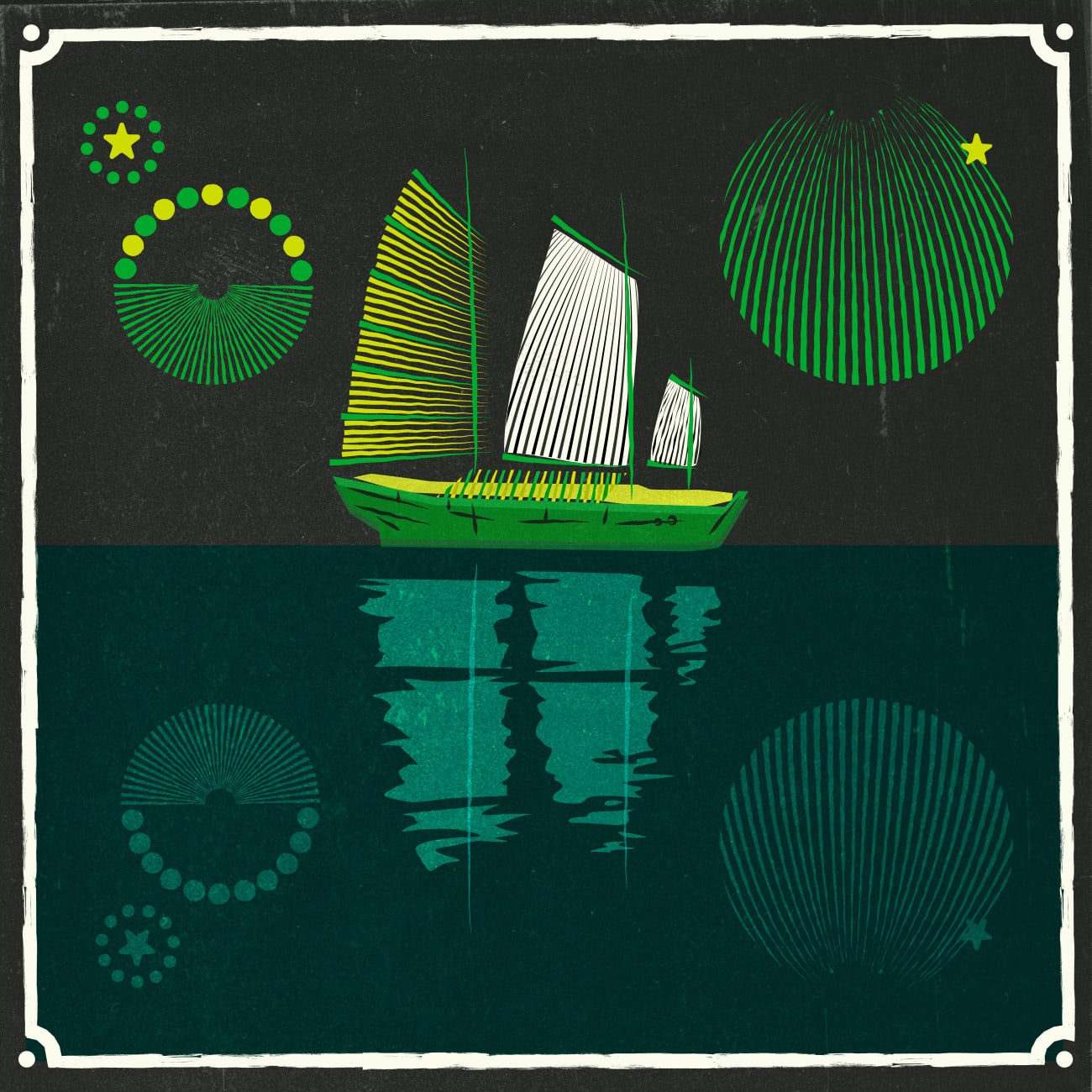
The Ever Better ChallengeEditorial Direction / Talent
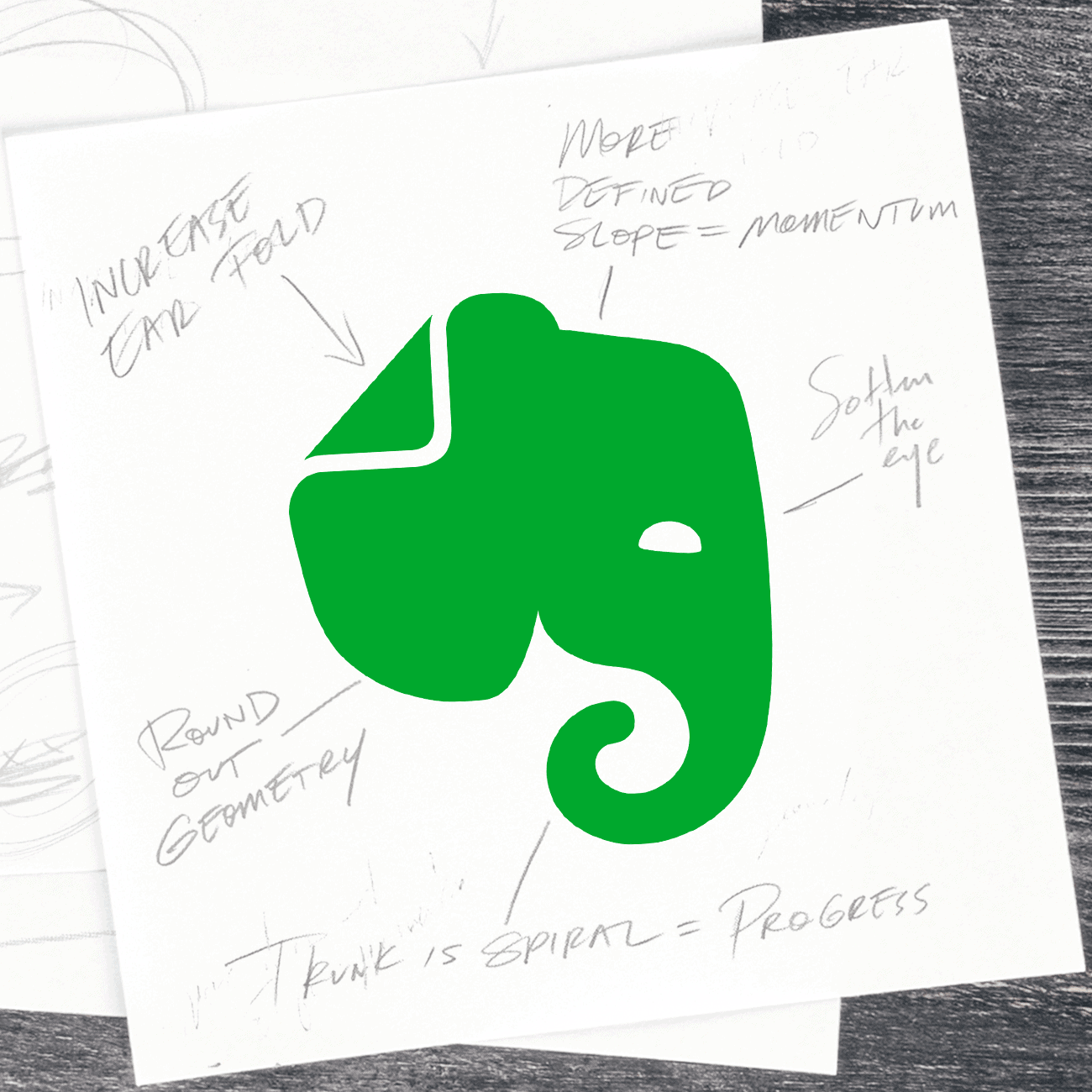
Evernote Brand RefreshEditorial Direction
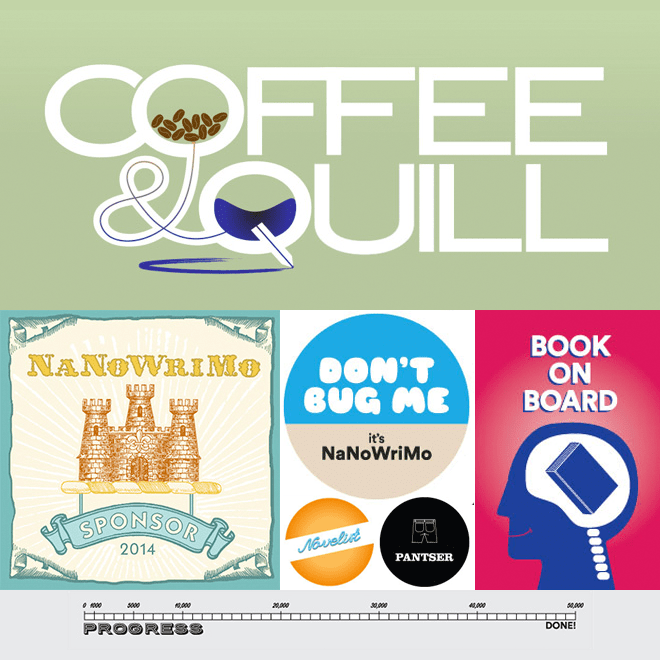
Coffee & Quill SocietyCreative Direction / Copywriting
